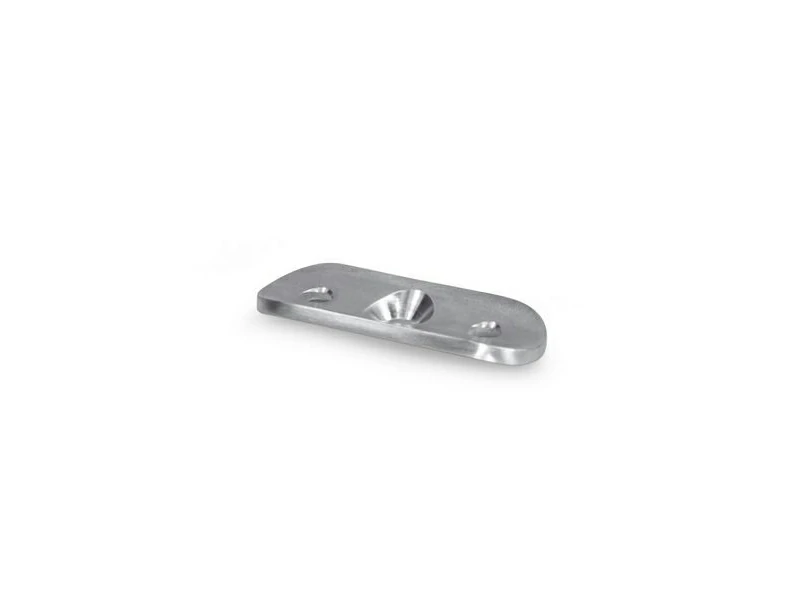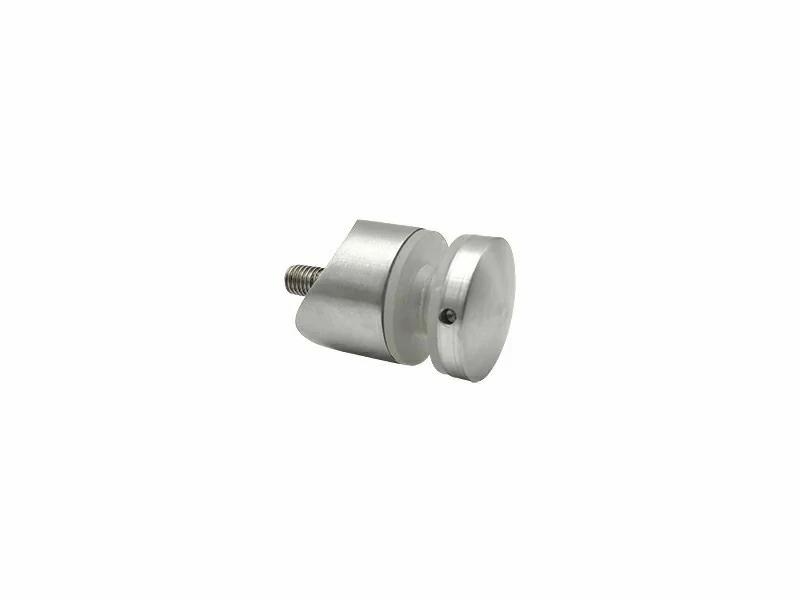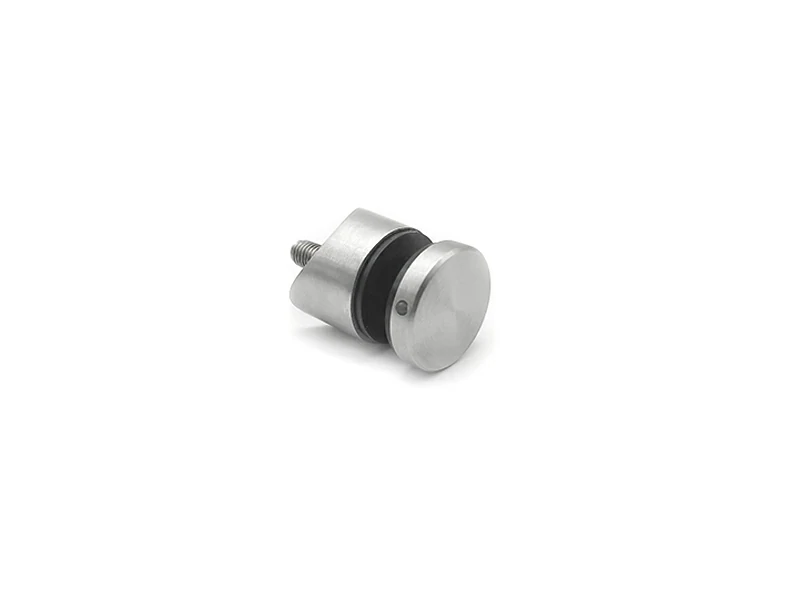Stainless steel handrail fittings are essential components used in the construction of handrails for staircases, balconies, decks, and other areas requiring barriers for safety and support. They provide structural support, ensure safety, allowing you to easily adjust your rail system, and enhance the overall aesthetic of the railing. These fittings are made from stainless steel due to its strength, durability, and corrosion resistance, making them ideal for both indoor and outdoor use. Stainless steel fittings offer a clean, contemporary look that complements various architectural styles, and enhance the overall appearance of your space, adding value and style.
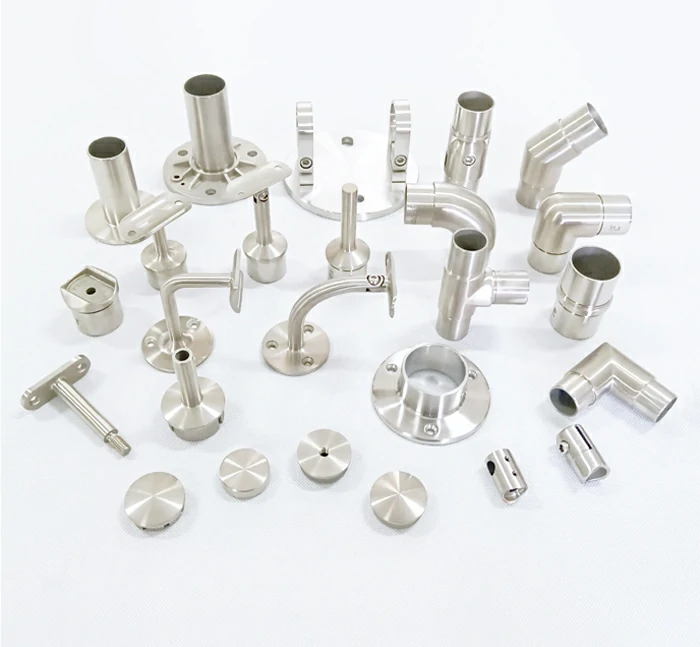
Types of Stainless Steel Handrail Fittings
Handrail brackets: These fittings are used to attach the handrail to the wall or other supporting structures. They provide stability and support to the handrail.
End caps: End caps are used to cover the exposed ends of the handrail, providing a finished look and preventing any sharp edges.
Elbows and Connectors: These fittings help in connecting sections of the handrail at corners or where the handrail changes direction. They can be angled or curved, depending on the design requirements.
Flanges and Base Plates: Flanges are used to secure the handrail to the floor or other horizontal surfaces. Base Plates are used to mount the railing to the floor or wall. They provide a strong, fixed base for the handrail.
Joiners: These are used to connect straight sections of handrail tubing without visible seams, maintaining a smooth, continuous line.
Glass clamps: Glass clamps are fittings specifically designed to hold the glass panels securely in place within the handrail structure. They come in various styles, including U-clamps, channel clamps, and point clamps.
Spigots: Spigots are inserted into pre-drilled holes in glass or wooden panels and then connected to the railing posts or top rail.
Handrails and Posts: These provide the structural support for the railing system. They come in various shapes and sizes, including round, square, and rectangular.
Benefits of Stainless Steel Handrail Fittings
Stainless steel handrail fittings offer a range of benefits that make them a preferred choice in both residential and commercial construction projects. Here are some of the key advantages:
Durability: Stainless steel is renowned for its strength and longevity. It resists wear and tear, withstands heavy loads, and can endure harsh environmental conditions without deforming or breaking.
Corrosion Resistance: One of the most significant benefits of stainless steel is its ability to resist corrosion. This is particularly important in environments exposed to moisture, such as outdoor settings or indoor areas with high humidity.
Low Maintenance: Stainless steel handrail fittings require minimal maintenance. They do not need painting or finishing and can be cleaned easily with mild soap and water.
Aesthetic Appeal: Stainless steel has a sleek, modern appearance that suits a wide range of architectural styles. It can be finished in various ways, including a matte, brushed, or mirror polish, allowing it to complement any interior or exterior design.
Hygienic: The non-porous surface of stainless steel does not harbor bacteria or pathogens, making it an excellent choice for environments where cleanliness and sanitation are priorities, such as hospitals, kitchens, and public facilities.
Safety:The robust nature of stainless steel ensures that handrail fittings provide reliable support and stability, which is crucial for safety in staircases, balconies, and other elevated structures.
Temperature Resistance: Stainless steel can withstand extreme temperatures, making it suitable for a variety of climates. Whether it's exposed to intense sunlight or freezing conditions, stainless steel maintains its integrity and performance.
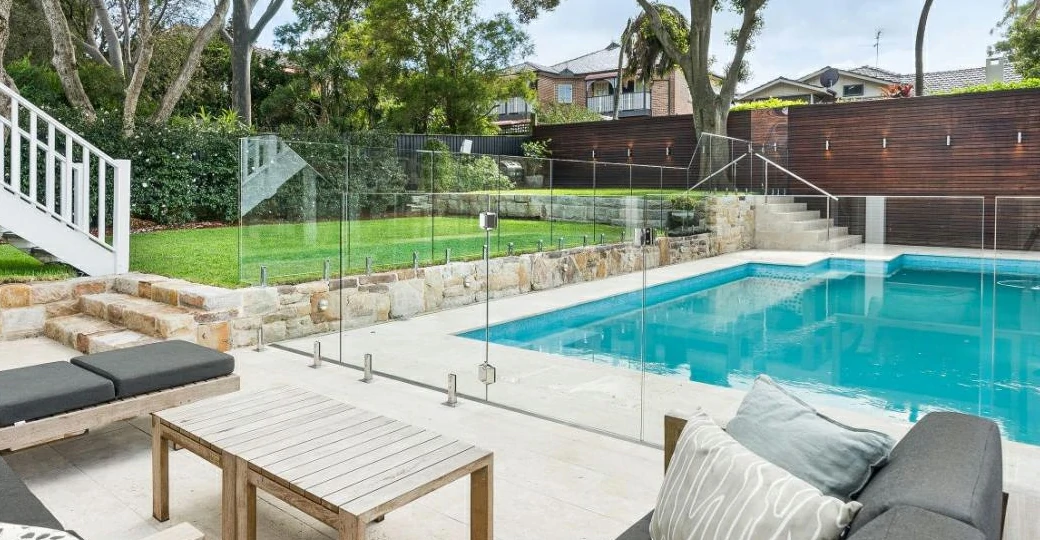
Factors to Consider When Choosing Handrail Fittings
When selecting stainless steel handrail fittings, it's essential to consider several factors to ensure a safe, durable, and aesthetically pleasing installation. Here are some key considerations:
Material Grade:
304 Stainless Steel: A popular choice for indoor and outdoor applications due to its good corrosion resistance and strength.
316 Stainless Steel: Offers superior corrosion resistance, making it ideal for coastal areas or environments with high humidity.
Finish:
Polished: Provides a shiny, reflective finish.
Brushed: Creates a textured, matte finish.
Satin: Offers a slightly polished look with a subtle sheen.
Other Finishes: Consider other finishes like powder coating or PVD coatings for specific aesthetic requirements.
Size and Dimensions:
Glass Panel Thickness: Ensure the fittings are compatible with the thickness of your glass panels.
Railing Dimensions: Consider the diameter or width of your railing and select fittings that fit appropriately.
Overall Length: Determine the total length of your railing and choose the appropriate number and types of fittings.
Compatibility with Other Materials:
Wood: Ensure the fittings are compatible with the type of wood you're using for the handrails.
Other Materials: Consider compatibility with other materials such as composite or metal.
Aesthetics:
Style: Choose fittings that complement the overall design and aesthetic of your space.
Matching Finishes: Ensure the fittings match the finish of other hardware in your space.
Safety:
Structural Integrity:Select fittings that can support the intended weight and usage of the railing.
Compliance with Building Codes: Ensure the fittings comply with local building codes and regulations.
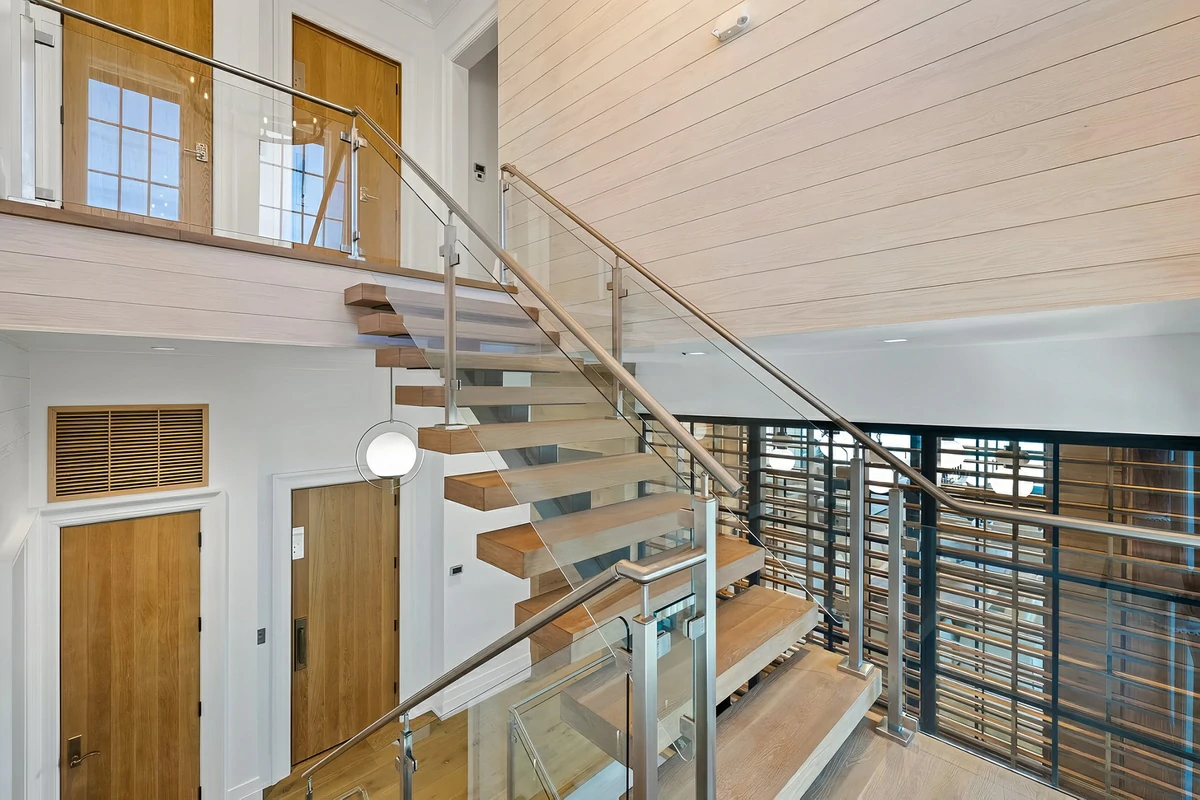
Installation Tips and Best Practices
Proper installation of stainless steel handrail fittings is essential for ensuring safety, durability, and a visually appealing result. Here are some key tips and best practices to follow:
Tools and Equipment:
Measuring tape, Level, Drill and appropriate bits, Screwdriver, Safety glasses, Work gloves
Safety Considerations:
Work in a Safe Area: Ensure the area is clear of obstructions and free from hazards.
Follow Safety Guidelines: Adhere to local building codes and safety regulations.
Wear Protective Gear: Always wear safety glasses and gloves when working with tools.
Step-by-Step Installation Guide:
Measure and Plan: Measure the length of the railing and plan the layout of the fittings.
Prepare the Surface: Ensure the surface where the railing will be installed is clean, level, and free of any obstructions.
Mount the Base Plates: Attach the base plates to the floor or wall using the appropriate screws and hardware.
Install Handrails and Posts: Install the handrails and posts according to the manufacturer's instructions.
Connect Fittings: Connect the glass panels or wooden slats to the railing using the appropriate fittings, such as clamps, spigots, or connectors.
Ensure Secure Connections: Tighten all screws and bolts to ensure a secure and stable installation.
Inspect for Alignment: Check that the railing is level and aligned properly.
Best Practices:
Follow Manufacturer's Instructions: Always refer to the manufacturer's instructions for specific installation guidelines.
Use High-Quality Fittings: Invest in high-quality stainless steel fittings to ensure durability and safety.
Consider Hidden Fasteners: For a cleaner appearance, consider using hidden fasteners to connect the glass panels or wooden slats to the railing.
Regular Maintenance: Periodically inspect the railing and tighten any loose fittings to maintain its integrity.
In summary, stainless steel handrail fittings are a popular choice for their durability, corrosion resistance, and sleek appearance. They are versatile in application and can be adapted to various architectural styles, providing both functional safety and enhancing the aesthetic of the environment.
